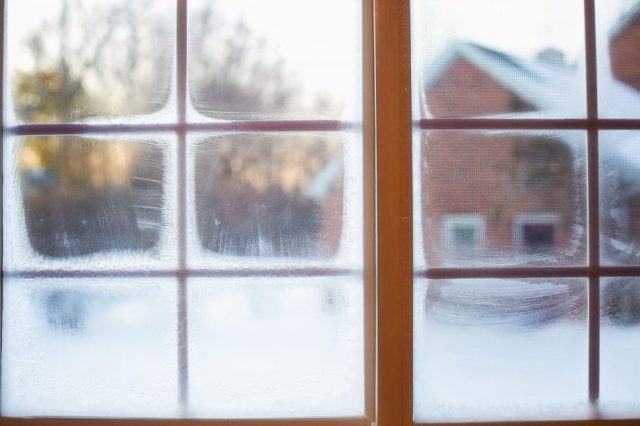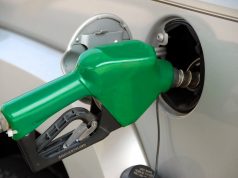EIA expects most U.S. households to pay more for heating this winter
The U.S. Energy Information Administration (EIA) expects most U.S. households will pay more to heat their homes this winter. In its 2022 Winter Fuels Outlook, EIA forecasts higher U.S. residential energy prices compared with last winter, as well as higher consumption of heating fuels during what is forecast to be a slightly colder winter than last year.
The National Oceanic and Atmospheric Administration expects the United States to experience a slightly colder winter than last year, leading to higher consumption of heating fuels. That higher consumption and higher energy prices contribute to EIA’s forecasts for higher heating costs for households.
Compared with last winter’s heating costs, EIA forecasts U.S. households will spend 28% more for natural gas, 27% more for heating oil, 10% more for electricity, and 5% more for propane.
“Forecasting months-long weather and energy trends is not an exact science, but it’s highly likely that global dynamics affecting energy commodities will lead to higher U.S. prices for heat this winter,” said EIA Administrator Joe DeCarolis.
U.S. households will spend even more on average if the weather is colder than expected. The Winter Fuels Outlook includes regional breakdowns of its forecasts, which we will update every month this winter.
The Winter Fuels Outlook is a supplement to EIA’s Short-Term Energy Outlook (STEO). Other highlights from this month’s STEO include:
-EIA forecasts crude oil prices to remain below $100 per barrel through 2023, despite OPEC’s announcement of production cuts. “The global landscape for liquid fuels is complicated, but we expect that limited demand growth will partially offset price increases that would normally result from a cut in production,” DeCarolis said.
-EIA expects U.S. motorists to drive more through 2023, but it forecasts consumption of gasoline to average just below 9 million barrels per day in 2022 and 2023, slightly lower than the 2021 average. “We expect that increases in vehicle fuel efficiency will offset increases in driving by U.S. motorists in the short term,” DeCarolis said.
The entire October 2022 STEO is available on the EIA website.










